Bellingen & Nambucca
Riverwatch Data
Riverwatch volunteers test for seven water quality parameters monthly across 21 sites and test for macroinvertebrates biannually across 10 sites. They have also engaged in one round of pesticide testing and one round of platypus eDNA testing. All data is shown at the links below for each site.
** We are currently recruiting volunteers for these sites.

B1 - Brinerville - water quality data (Oct 2017 to Aug 2022), platypus data (Nov 2022)
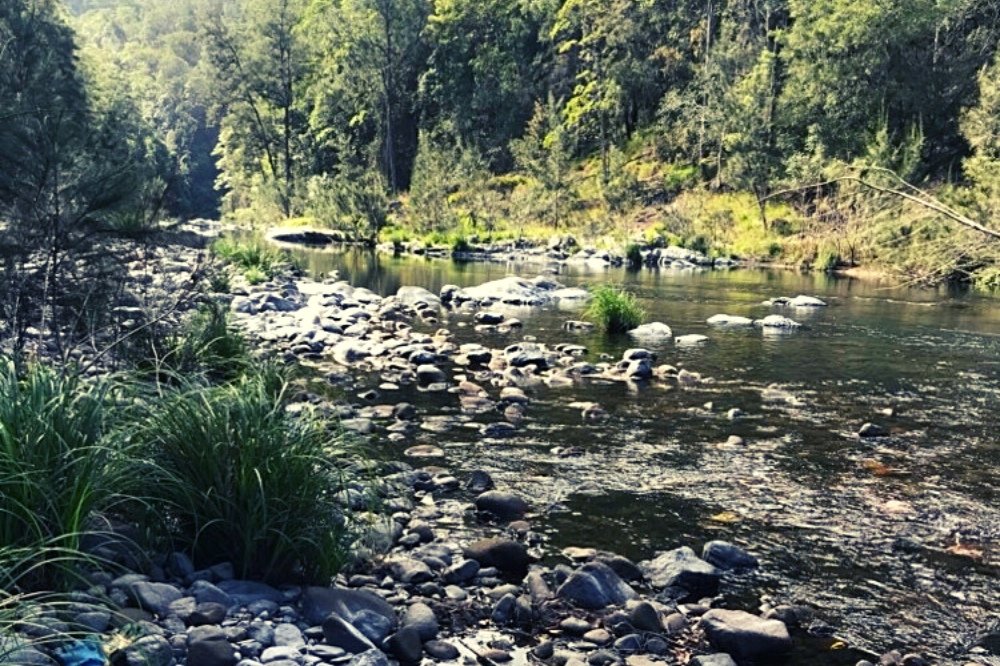
B2 - Bellinger 2 - water quality data (Sep 2017 - ongoing), macro data, platypus data (Nov 2022)
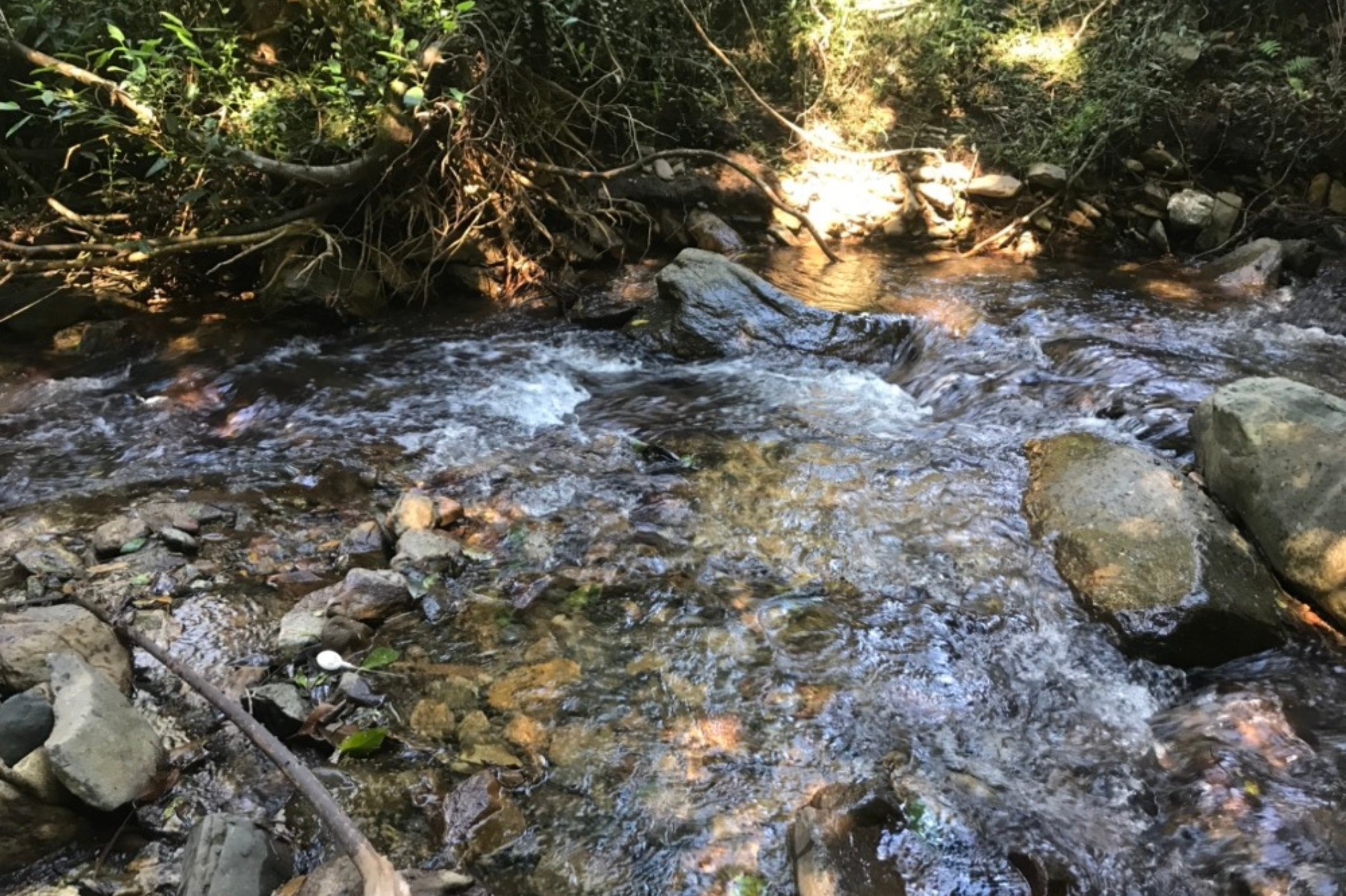
B2.1 - Cool Creek - water quality data (Jan 2018 - ongoing)
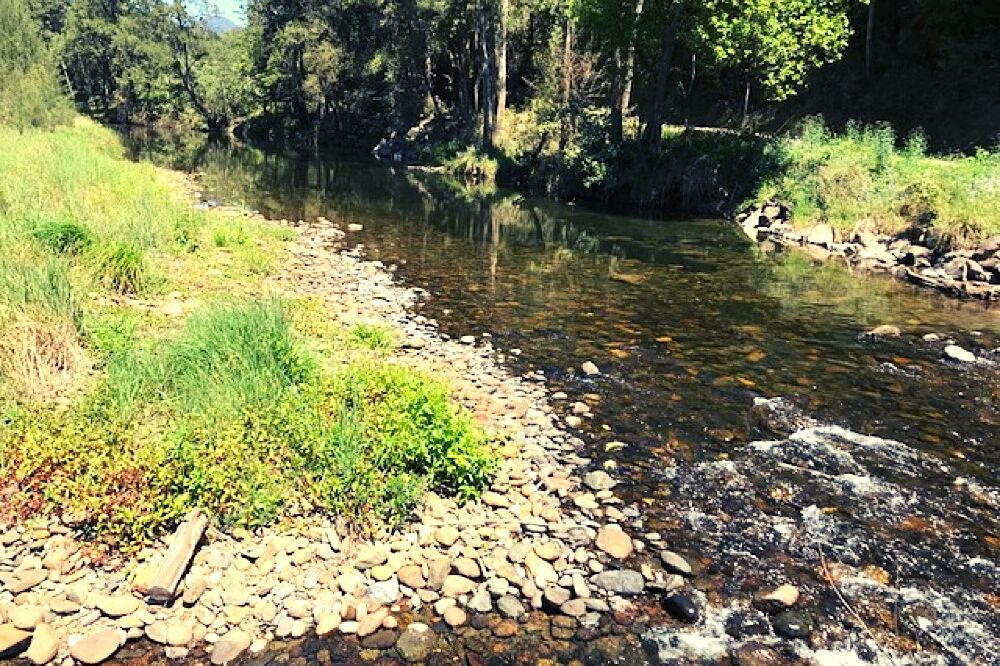
B3 - Richardsons Bridge - water quality data (Aug 2017 - Aug 2023)**, pesticides data (Jul 2020)
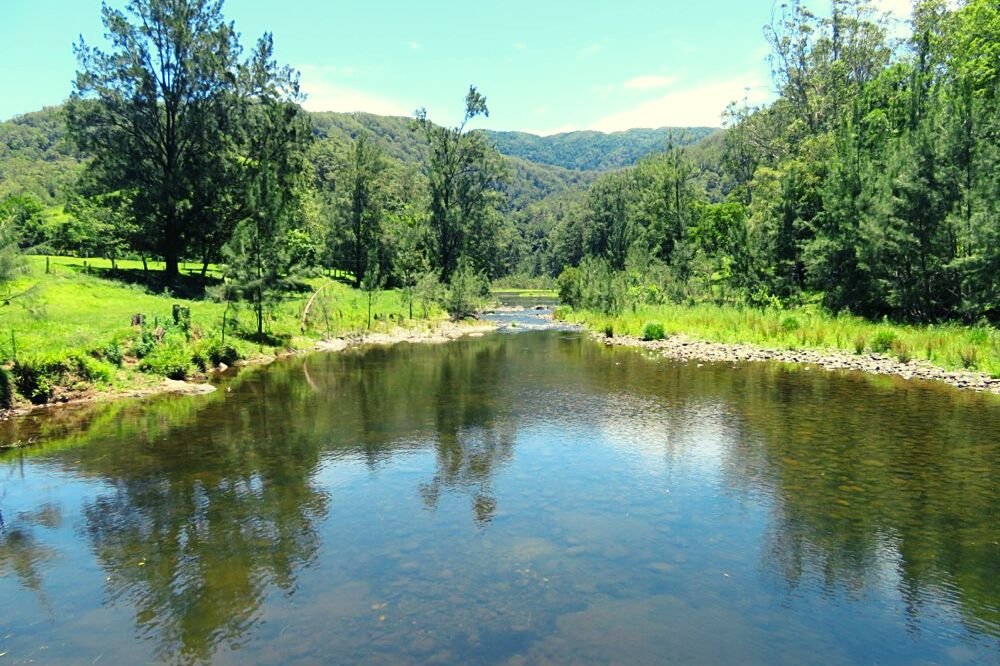
B3.1 - Tysons Bridge - water quality data (Mar 2019 - Jul 2023)**, macro data, platypus (Nov 2022)
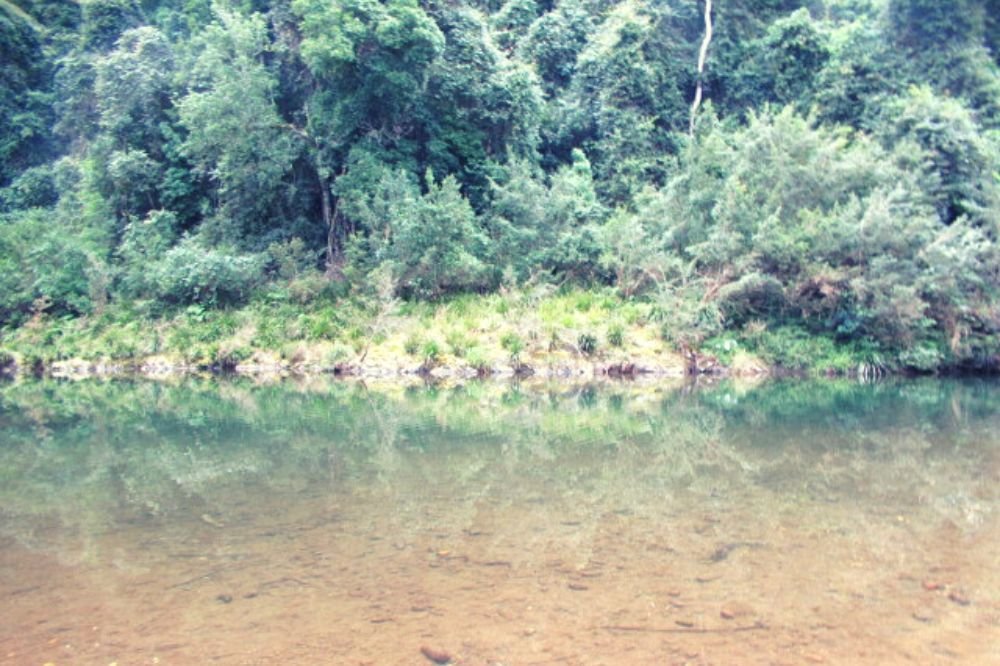
B3.2 - Orama Public School - water quality data (Sept 2017 - ongoing)
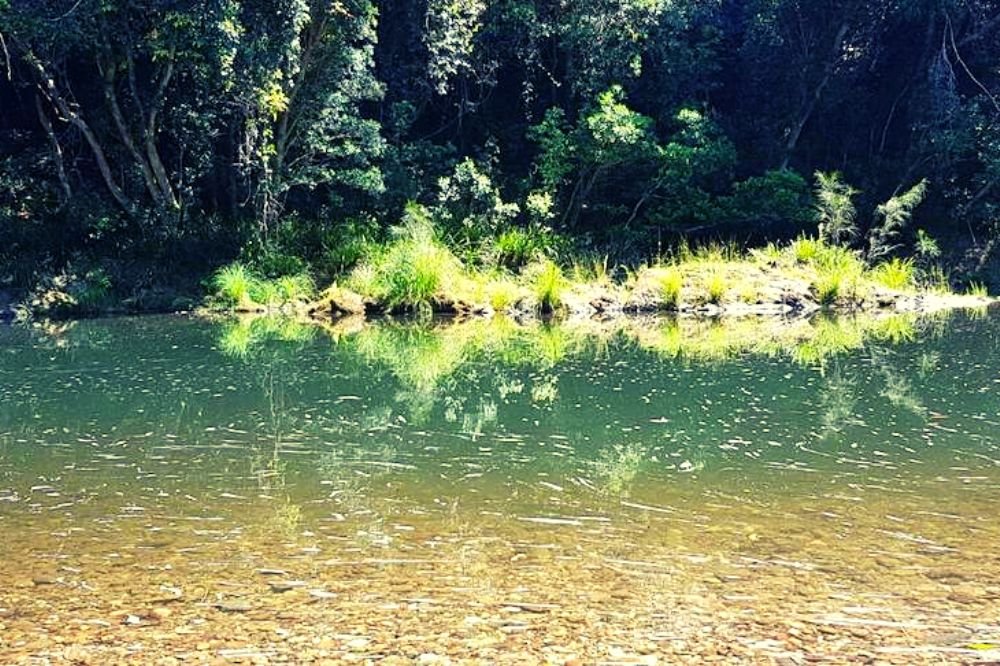
B3.3 - Homeland - water quality data (Sep 2020 - Aug 2022) (cut site)

B4 - Hobarts Bridge - water quality data (Sep 2017 - ongoing)**, macro data

B5 - Leans Bridge - water quality data (Aug 2017 - ongoing), platypus data (Nov 2022)

B5.1 - Summervilles Road - water quality data (Jan 2021 - ongoing)

B6 - Gordonville Cr. - water quality (Aug 2017 -ongoing), platypus (Nov 2022), pesticide (Jul 2020)

B7 - Lavenders Bridge - water quality data (Jun 2017 - ongoing)**
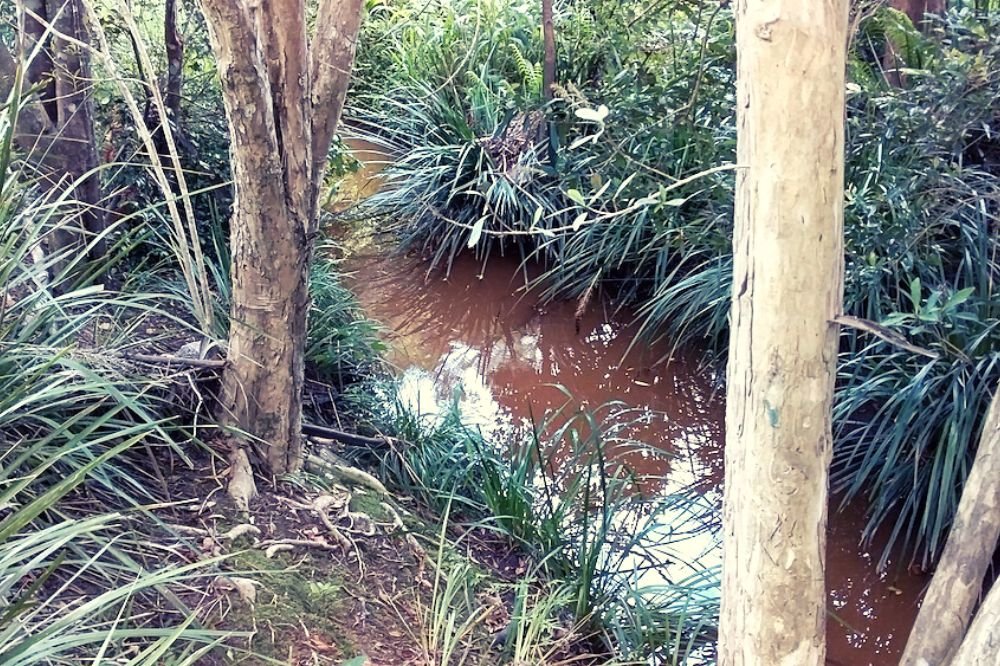
B7.1 - Caratti Creek - water quality data (Jun 2017 - ongoing)**
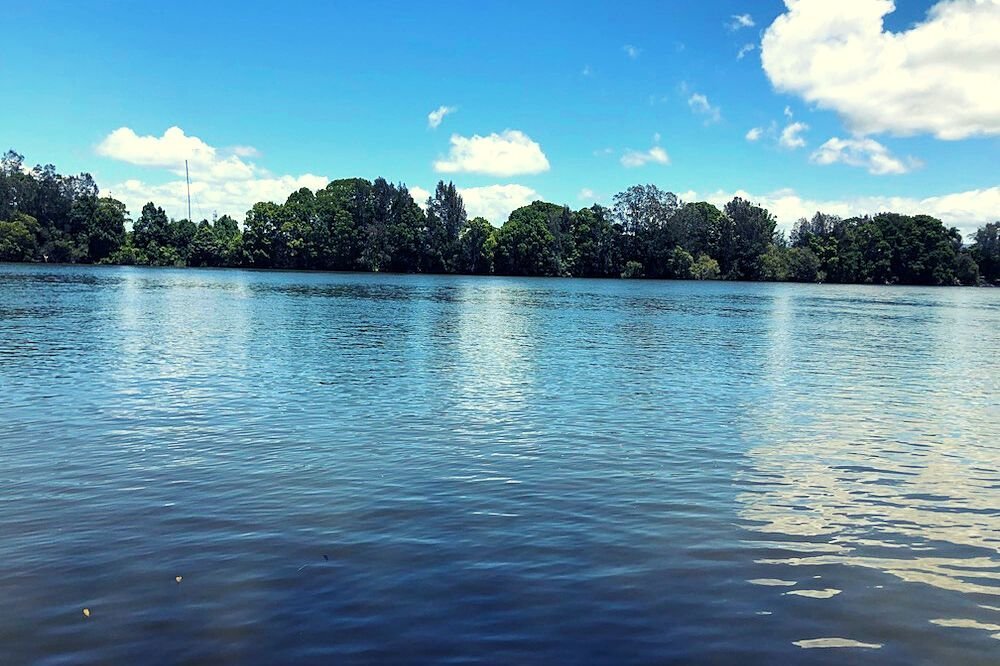
B8 - Repton Public School - water quality data (Feb 2019 - Nov 2022)**
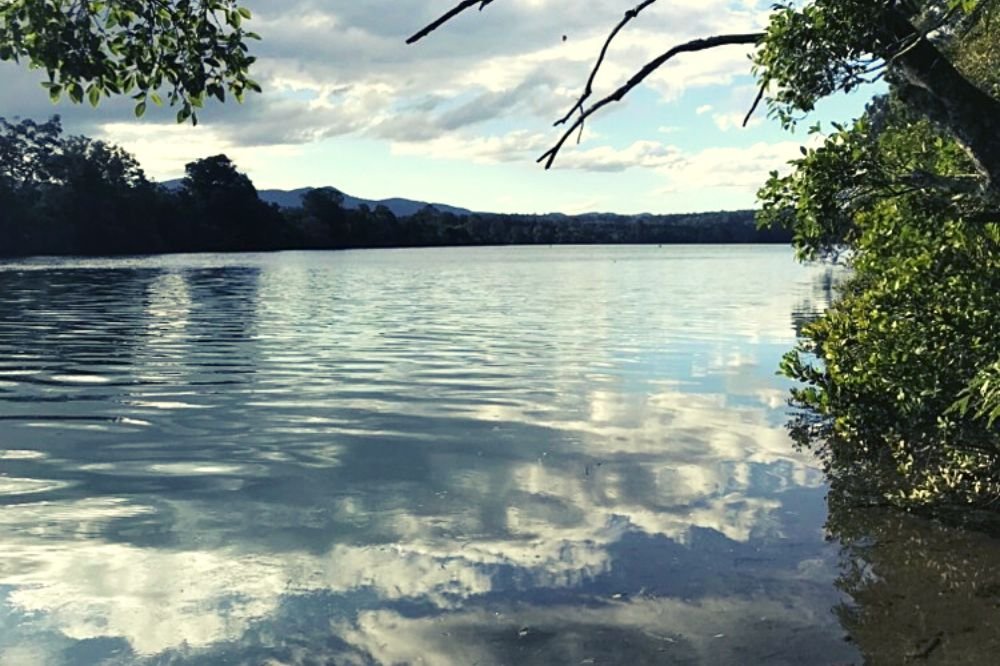
B8.1 - Raleigh Public School - water quality data (Jan 2020 - ongoing)**

K1 - Roses Creek - water quality data (Aug 2017 - Mar 2023)**, macro data, platypus data (Nov 2022)
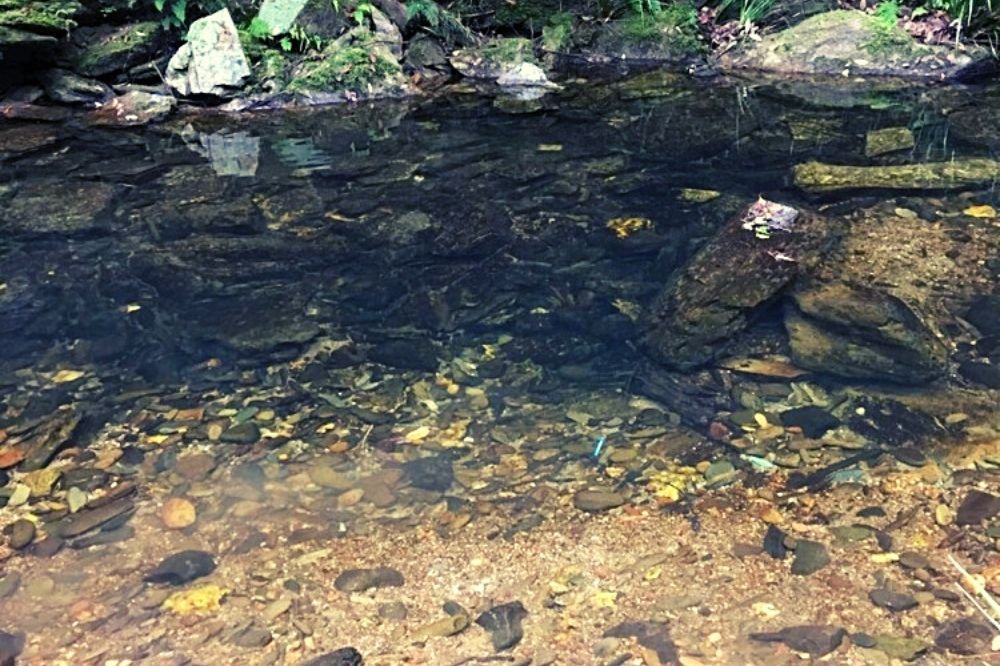
K1.1 - Wyembah Road - water quality data (Aug 2017 - Dec 2021) (cut site)
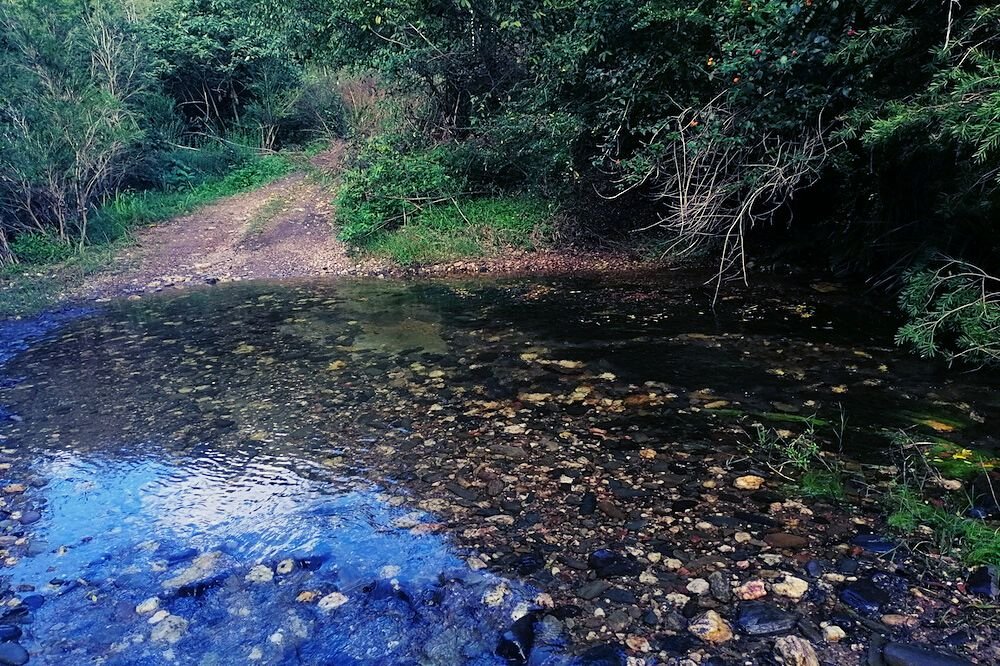
K1.2 - Samuel Creek - water quality data (Aug 2017 - Nov 2021) (cut site)

K1.3 - Samuel Creek - water quality data (Apr 2020 - Dec 2021) (cut site)
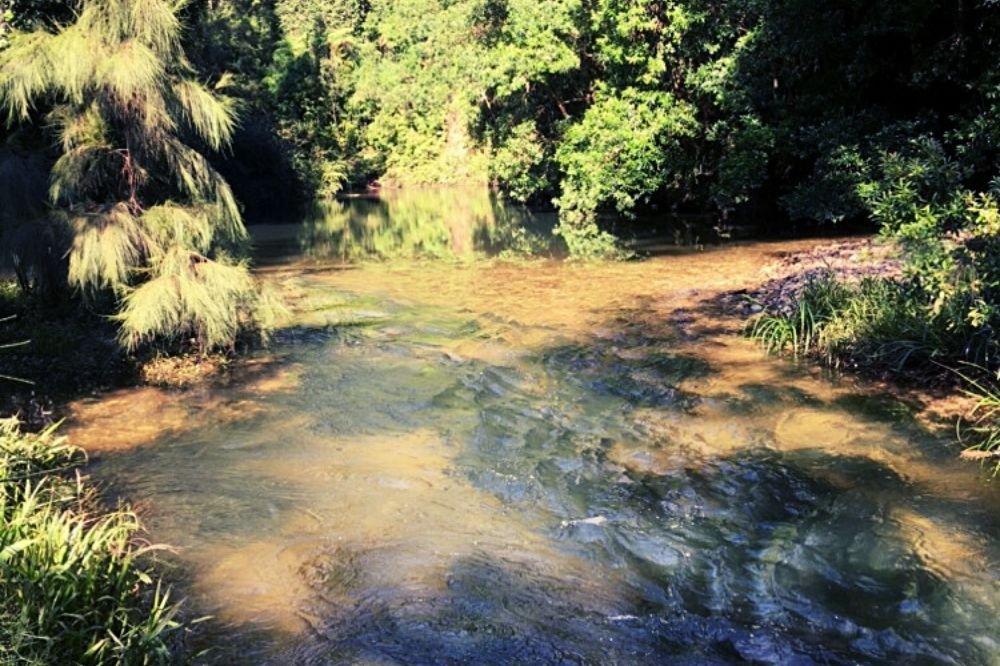
K1.4 - Wyunah - water quality data (Mar 2020 - ongoing)

K2 - Pearns Bridge - water quality (Aug 2017 - ongoing), pesticides data (Jul 2020)

K3 - Sunny Corner Br. Rd - water quality (Aug 2017 -Feb 2023) (cut site), pesticides data (Jul 2020)

K4 - Brierfield Bridge - water quality data (Aug 2017 - ongoing)**

NN1 - Tuckers Nob - water quality data (Aug 2017 - ongoing), macro data, platypus data (Nov 2022)
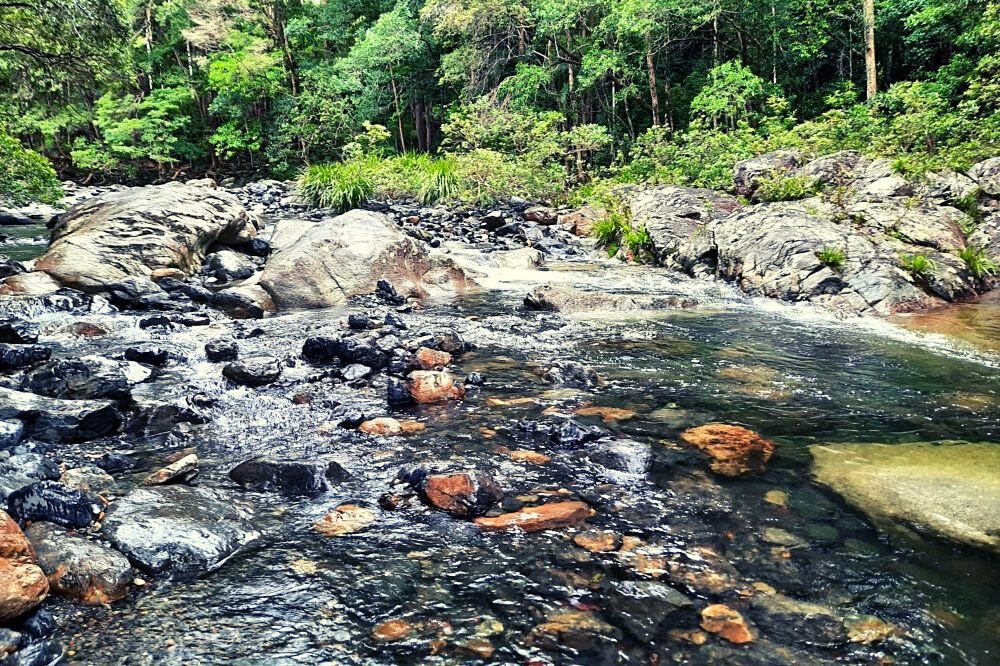
NN1.1 - Crystal Creek - water quality data (Nov 2017 - ongoing)
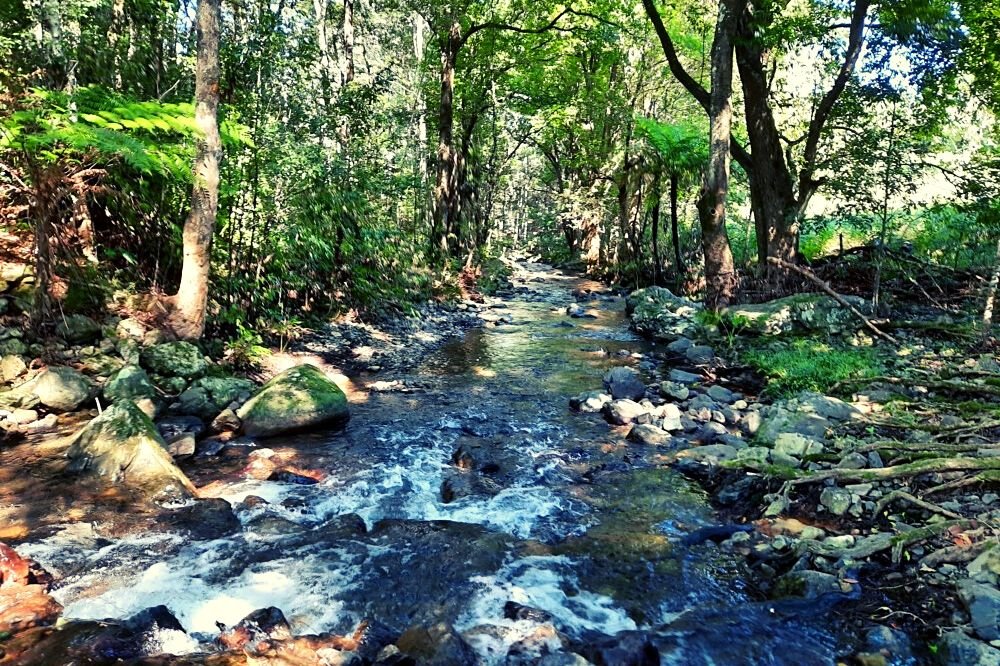
NN1.2 - Promised Land Creek - water quality data (Nov 2017 - ongoing)
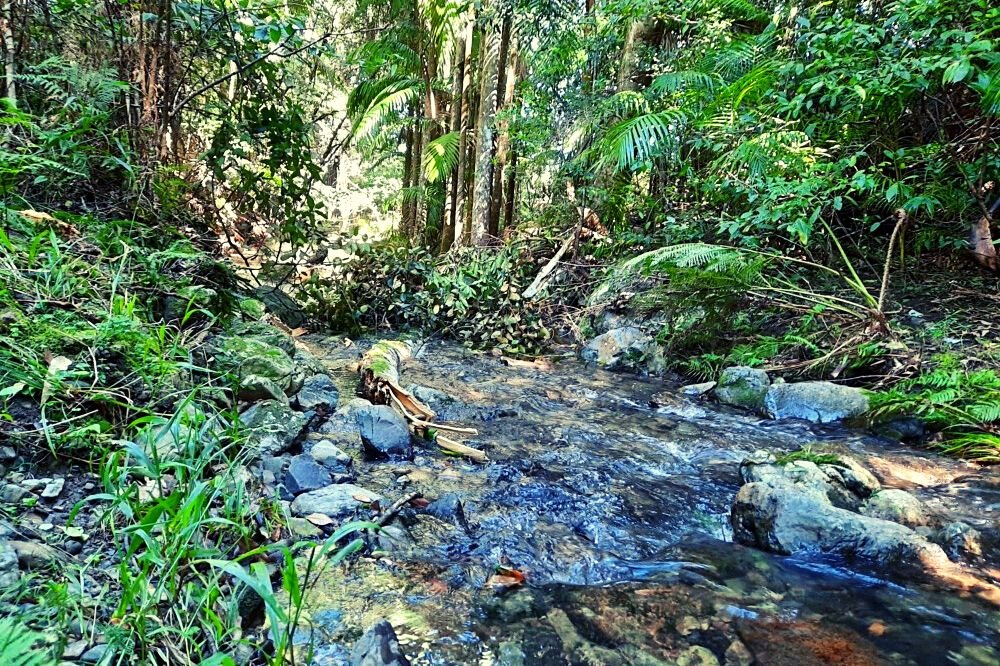
NN1.3 - Sweet Water Creek - water quality data (Nov 2017 - ongoing)
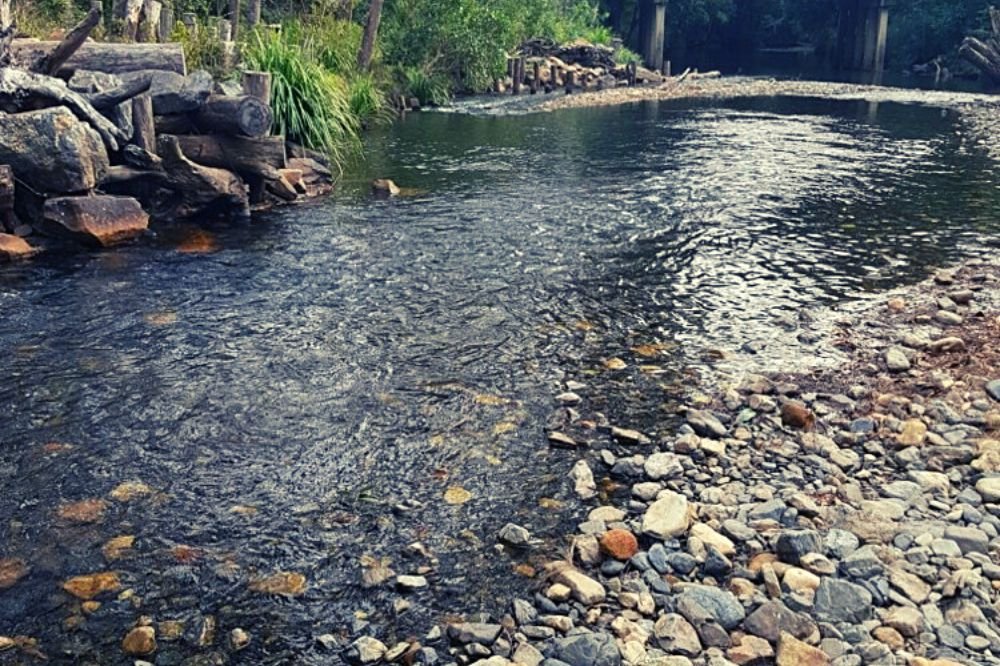
NN2 - Arthur Keoughs - water quality (Aug 2017 -ongoing), platypus (Nov 2022), pesticides (Jul 2020)

R1 - Rosewood - water quality (Aug '17 - July '22)**, macro, platypus (Nov '22), pesticide (Jul '20)

S1 - Spicketts Creek - water quality data (Aug 2017 - June 2022)**

NV1 - Taylors Arm River 50m upriver from Lavertys Bridge, Taylors Arm - Macro (Jun 2025)

NV2 - South Creek below Broughys Bridge, North Arm Road, Bowraville - Macro (Jun 2025)

NV3 - The confluence of Nambucca River and South Creek, Bowraville - Macro (Jun 2025)

NV4 - Wiaora Bridge, Missabotti Creek, Missabotti - Macro (Jun 2025)
Macro Data
Our nine rounds of macroinvertebrate data tells us that these rivers are very healthy with high waterbug diversity and abundance.
-
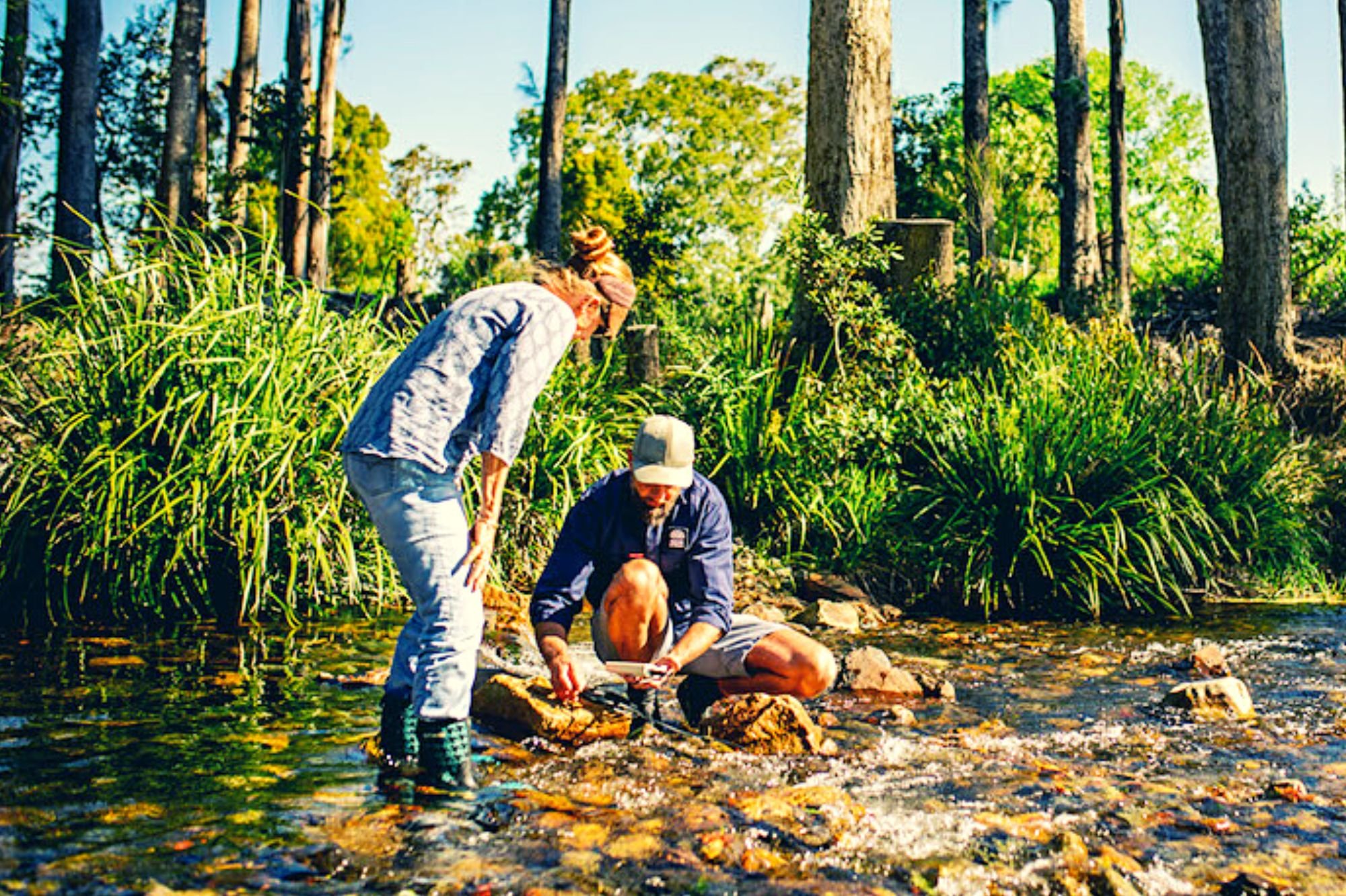
Macro Muster 1
Jun 2021
B2, B3.1, B4, K1, NN1, R1
-

Macro Muster 2
May 2022
B2, B3.1, B4, NN1, R1
-

Macro Muster 3
Oct 2022
B2, B3.1, B4, B6, NN1, R1
-

Macro Muster 4
May 2023
B2, B3.1, B4, K1, NN1, R1
-

Macro Muster 5
Oct 2023
B2, B3.1, B4, K1, NN1, R1
-

Macro Muster 6
May 2024
B2, B3.1, B4, K1, NN1, R1
-

Macro Muster 7
Oct 2024
B2, B3.1, B4, K1, NN1, R1
-

Macro Muster 8
June 2025
B3.1, B5, K1, NN1, R1, NV1, NV2, NV3, NV4
-

Macro Muster 9
Oct 2025
B2, B3.1, B4, K1, NN1, R1, NV1, NV2, NV3, NV4
Bellingen Riverwatch Steering Committee's
5-Year Riverhealth Statement
The Bellingen Riverwatch Steering Committee's statement regarding the health of the Bellinger and Kalang catchments as at August 2022 is:
The Bellinger and Kalang rivers are unique river systems and some of the healthiest and most pristine rivers in Australia.
However, there are four main areas of concern that we would like to highlight in Bellingen Riverwatch data (2017-2022) :
-
In the upper Bellinger River sites (B1, B2, B2.1, B3, B3.1), water quality across the parameters is generally excellent. One anomaly we have found is around elevated available phosphate levels at B2.1, which is also influencing B2. Our partners have been intrigued by these results for many years. As the area is currently forested, past agriculture practices and/or poorly managed onsite management systems could be a likely cause of these poorer results, as could the underlying geological conditions of this area which may have a higher phosphorus content affecting the stream.
These phosphate levels seem to also be affecting dissolved oxygen too. Often if nutrient like phosphate is found in the water, some oxygen levels can be affected by eutrophication, as well as the decomposition of organic matter. Also in this case, B2.1 could have some groundwater intrusion which is causing some iron-precipitate to affect the stream, which can pull oxygen from the water.
We recommend that funding be sought for further investigation into origins of high phosphorus at this site.
-
In the mid Bellinger, there are turbidity issues presenting since the high rainfall events from May 2021 at B5.1 (Summervilles Road), most likely due to runoff and bank erosion issues upstream of this site.
-
Samples collected at Caratti Creek (B7.1) often showed elevated levels of phosphate and turbidity and lower levels of dissolved oxygen. Turbidity caused by soil erosion and algal growth among other things is often related to urbanised streams that experience high amounts of stormwater.
Further investigation is needed to determine potential sources.
-
The S1 site (Spicketts Creek) has continually presented with issues over our five years of data. S1 has dispersed soil types once the riverbed is degraded at a certain level.
We recommend that further funding be sought for investigation into the cause of these continuing poor water quality results.
The Bellingen community is very engaged with these rivers and they attract many tourists to this area. These river systems also support many threatened species, including the critically endangered Bellinger River Snapping turtle. It is more important now than ever that we focus on protecting very healthy ecosystems, such as this one. Fencing off the river and improving 20m of riparian zone along all rivers in both catchments is very important (with the exception for where structural works are required).
It is everyone’s responsibility to maintain and improve our rivers.
Bellingen Riverwatch Steering Committee's
Recommendations
-
There is a responsibility that comes with these excellent river health results. With the huge loss of biodiversity happening across the globe, it is important now more than ever that we also focus on protecting Earth's very healthy ecosystems, such as this one. Not only for the diverse species that rely on these rivers now, but for the generations to come.
Caring for the environment doesn't only look like improving areas of poor health. It is imperative to protect healthy waterways, internationally, nationally and locally.
Even small changes to a catchment can have large downstream impacts from the loss of stream biodiversity, reduced riparian vegetation condition, decreased human amenity not just within the freshwater environment but also the estuarine environments, harbours and bays. The damage at times can be so extensive that remediation is effectively irreversible (Vietz et al. 2014).
"There are opportunities to protect Australia’s most important aquatic areas so that future generations do not have to pay the high costs of rehabilitation (e.g. as has happened for the River Murray)"
- Kingsford et al., 2005
“In terms of stream health it is usually more effective to protect (preserve) reaches of stream that remain in good condition, than to spend huge amounts of money trying to rehabilitate reaches that are already damaged. Similarly, it is usually more efficient to stop a stream deteriorating than to try to fix it later.”
- Rutherfurd, 1999
-
We also know that "climate change is likely to gradually add to existing stressors, particularly water availability pressures and the impacts of altered river flows” from increased flooding regimes (SOE, 2021). High rainfalls resulting in stream flooding can be a major source of disturbance that impacts aquatic ecosystems. Predicted increases in global flood risk due to land use change, climate change and water cycle intensification will likely only increase the frequency and severity of these impacts (Talbot et al 2018).
These high rainfall events and subsequent stream flooding can increase the velocity of streams which can have many impacts on aquatic invertebrates both directly and indirectly through changes to habitat and or water quality. This can include stream bed scouring which can remove organisms or force them to seek refuge among substrates or in the drift. Numerous studies have shown that floods reduce aquatic invertebrate abundances and diversity, although the threshold flows at which this occurs is not well studied. However, the recovery of aquatic invertebrates from most flood events is relatively rapid and can persist even in very flood-prone streams (Death 2008). Due to these many changing climatic influences protecting these places during these times of increasing climate change is particularly important.
-
It is vitally important that everyone who lives in or visits this area continues to take actions to care for and protect these incredibly valuable ecosystems. To be a part of the generation that cares for and helps to keep these rivers pristine for the future is a real privilege and our partners believe the Bellingen Shire community and the people that visit this area are perfectly placed to take this on.
-
An important aspect of protecting pristine rivers includes "long-term collection and collation of ecological data for objective assessment of condition and to assess changes over time” (Kingsford et al., 2005). We thank our volunteers for their dedicated work in collecting water quality and macroinvertebrate monitoring data, and our partners, for their work in supporting volunteers, and collating and communicating our data.
-
It is important to create a 20m good quality riparian zone along all rivers in both catchments (with the exception for where structural works are required). This involves weeding and revegetating river banks. Bellingen Riverwatch supports our partners' ongoing riparian restoration works wherever possible, and undertakes BR riparian restoration workshops. In 2023, we will be commencing work at the B6 site (Gordonville Crossing). Visit www.ozgreen.org.au to register your interest to become a volunteer at future river working bees. For more information, see:
-
The Steering Committee recommends that funding be sought for further investigation into: 1) The origins of high phosphorus at Upper Bellinger sites (B1, B2, B2.1, B3, B3.1); 2) The potential sources of elevated levels of phosphate and turbidity and lower levels of dissolved oxygen at B7.1 (Caratti Creek).; and 3)The cause of these continuing poor water quality results at S1 (Spicketts Creek).
Priority Sites
Our 5-Year Data Report identifies the following priority sites (in order of priority):
B7.1 - Caratti Creek
B3.1 - Tysons Bridge
B2 - Bellinger 2
B3 - Richardsons Bridge
S1 - Spicketts Creek
B5.1 - Summervilles Road
B2.1 - Cool Creek
B1 - Brinerville
Join us as a Water Quality Monitoring Tester
-
We are recruiting a volunteer to test this site with one of our current volunteers and to test this site alone when that volunteer is away on holidays.
-
We are recruiting for a volunteer to test this site monthly.
-
We are recruiting for a school support volunteer to work with one of our current volunteers and support Chrysalis Steiner School students to test this site monthly.
-
We are recruiting a volunteer to support our current volunteer to test this site (most likely testing will be bimonthly).
-
We are recruiting a volunteer to test this site monthly and take over from our current volunteer who is relocating.
-
We are recruiting for a school support volunteer to support Repton Public School students to test this site monthly.
-
We are recruiting for a volunteer to take over this site from our current volunteer who has a change in work commitments.
-
We are recruiting for a volunteer to support or current volunteer with testing this site (monthly or bimonthly is fine).
-
We are recuiting a volunteer to test this site monthly.
5-year data report
Our 5-year data report tells us that these are unique rivers in very good health.
All residents and tourists need to work together to protect what we have.
We report our data to help influence policy and decision making, and educate the community, now and into the future.
Our raw data is shared with with the Department of Planning and Environment and its’ Saving our Species Program for the Bellinger River Snapping Turtle recovery project, is publicly available at the link below, and is also available at both the Waterwatch portal and the DPIE SEED portal.
Sponsor Us
Power us to continue our important work.
-
Anna Juodvalkis
Partnerships Manager
anna@ozgreen.org.au
02 5615 8108
Connect with Us
Bellingen Riverwatch Program Manager
Amy Denshire
amy@ozgreen.org.au




